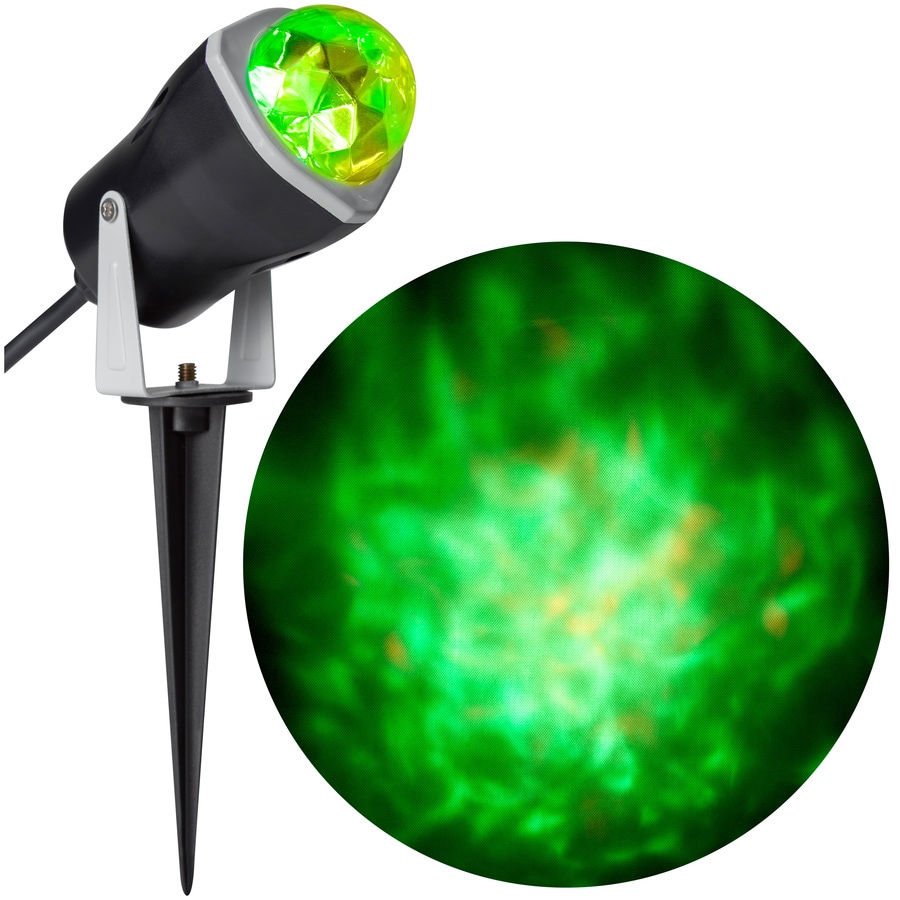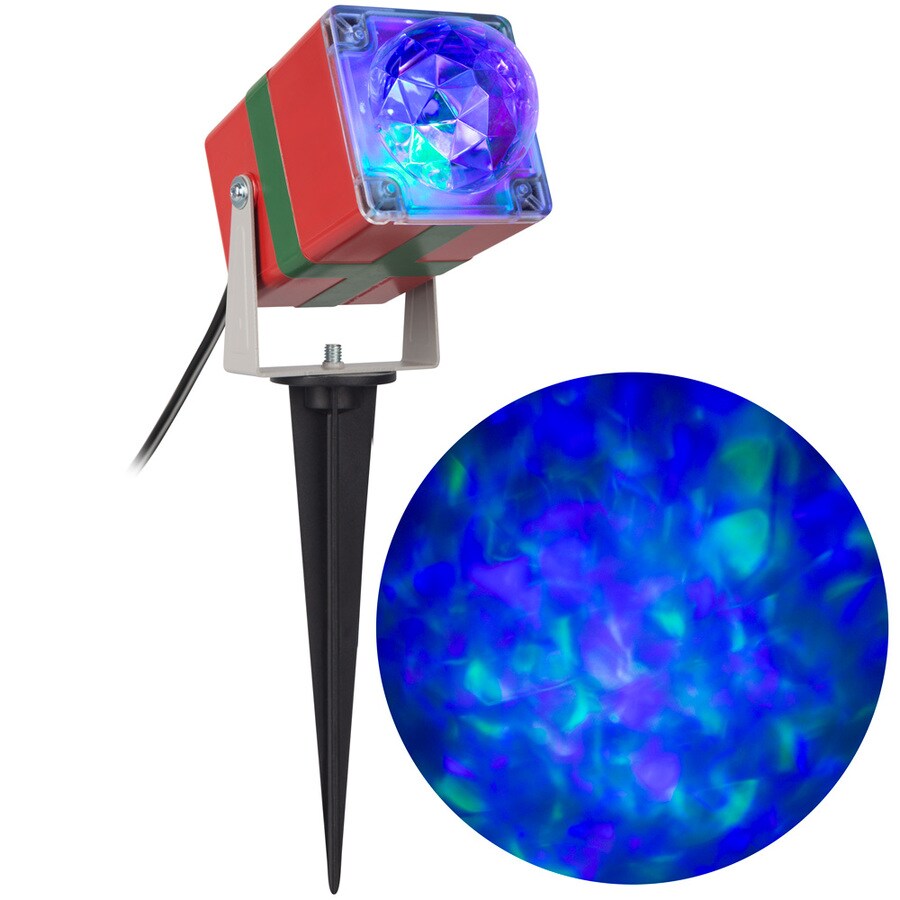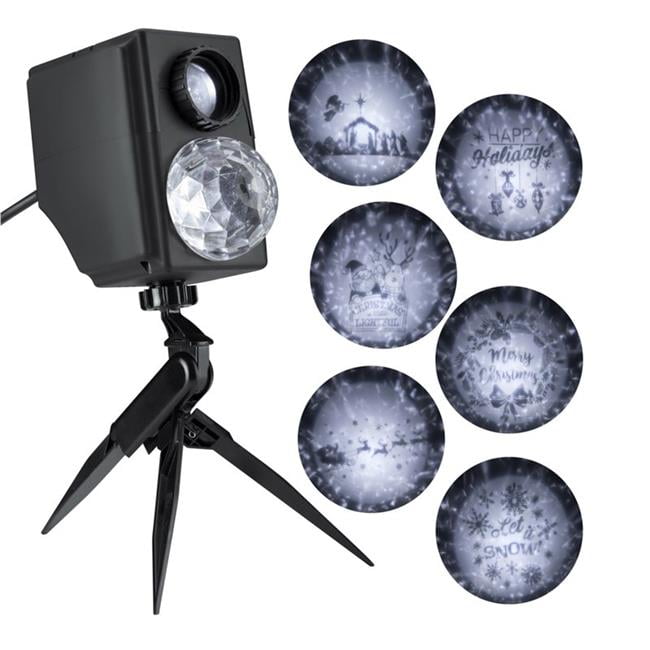

If metal rods are used then threads will need to be cut on the ends at this point.įit three standoffs, one on the end of each rod and screw approximately10mm of the rod into the threaded hole of the standoff. Take each of the rods and taper each end with a knife/file/pencil sharpener subject to the material. With a 2mm drill bit make three holes at the points previously marked, into these holes screw a standoff.

With a pen mark the Aperture through the three holes in the Support.

Using one of the Supports place it over the Aperture ring and align the centre triangle. You can create your own version of the build from the instructions that follow.The assembly process is shown in the accompanying images in addition to the following description. Encouraged by the possibilities, I designed and built this laser-cut kaleidoscope that uses wireless LEDs to generate colorful illuminated patterns.
Led kaleidoscope free#
Induction-powered LEDs are particularly well suited for this use because they’re free to slide around when the kaleidoscope is moved, generating dynamic patterns with their shifting configurations. The idea was compelling because a small number of colorful lights could create a large visual impact through repeated reflections in the kaleidoscope’s symmetrically placed mirrors. With these restrictions in mind, I wondered how wireless LEDs would look inside a kaleidoscope. Also, inductive power transmission works best if the receiving and transmitting coils are oriented parallel to each other this limits the ways in which the LEDs can move while remaining illuminated (see Lee Wilkins’ “ Inductive Adornments” in Make: Volume 81, and “Skill Builder: Induction Instruction” and “Inductive Charging Bag,” both in Volume 41]. Power transfer between the 5V transmitter and the LEDs drops off dramatically over distances larger than a few centimeters, so the coil must remain close to the LEDs.
Led kaleidoscope how to#
Disappointingly, an online search produced numerous articles on how to build your own induction-powered LEDs, but very few examples of ways to use them!Īny project using induction-powered LEDs will be subject to some constraints. I had impulsively purchased a set of 10 wireless LEDs in mixed colors and a 5V transmitting coil, hoping to generate new project possibilities from this unique LED form factor. I often obsess over finding novel ways to use LEDs in projects, such as my weather displaying edge-lit rainbow (build it at here) and Twitter-connected LED matrix handbag. Each induction-powered LED is attached to its own tiny wire coil, which responds to this changing magnetic field by producing a small (about 2mA) current. The secret to their energy source is a nearby wire coil in which a high-frequency oscillating current generates a fluctuating magnetic field. Working with “wireless” LEDs feels a bit like magic. These tiny LED assemblies can emit light without directly connecting to a power supply. Gift the gift of Make: Magazine this holiday season! Subscribe to the premier DIY magazine todayĬommunity access, print, and digital Magazine, and more Share a cool tool or product with the community.įind a special something for the makers in your life. Skill builder, project tutorials, and more Get hands-on with kits, books, and more from the Maker Shed Initiatives for the next generation of makers.

Maker-written books designed to inform and delight! Topics such as.A smart collection of books, magazines, electronics kits, robots, microcontrollers, tools, supplies, and moreĬurated by us, the people behind Make: and the Maker Faire.Together tech enthusiasts, crafters, educators across the globe. A celebration of the Maker Movement, a family-friendly showcase of invention and creativity that gathers.The premier publication of maker projects, skill-building tutorials, in-depth reviews, and inspirational stories,.


 0 kommentar(er)
0 kommentar(er)
